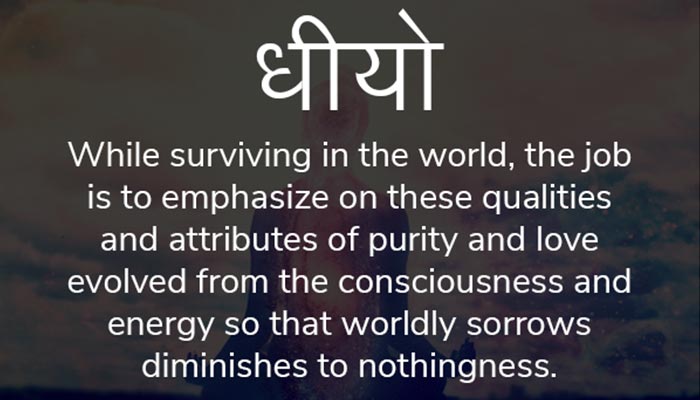

This sarpa form is actually Kundalini energy which resides in our Mooladhara Chakra. In many South Indian temples, Kartikeya is also called as Subrahmanya, i.e सु (su) meaning “good” and ब्रह्मन् (brahman) meaning “transcendent reality, eternal truth” and worshipped in form of a Sarpa (snake). In few puranic and local legends, he is described to have taken form of a Sarpa (snake) and travelled to many places. Later, Kushan ruler Huvishka minted more coins of Karthikeya in 1st century CE.

The earliest coinage of Karthikeya found are from Yaudheyas period (300-200 BCE). That is how he holds a spear (Sakti/Vel) which denotes Brain till end of backbone.


In Vedic (Hindu) Astrology, Aries (Mesha) rasi is the head of Kala Purusha and Scorpio (Vrischika) is Anus.īack bone ends right above anus, where mooladhara chakra is placed.īoth aries and scorpio signs are ruled by Mars, which is Fire (Agni) planet and controlled by Kartikeya. Kartikeya holds Vel is his hand, which means that he controls the nervous system which is connected to brain and spinal cord. This Velayudham in reality is our brain and spinal cord or rather Skull and Backbone around them. His weapon is a spear, called Sakthi or Vel. Gods described in puranas are actually cosmic allegories and Kartikeya is one such force. Puranas such as Skanda, Siva, Kartika and also itihasas like Ramayana, Mahabharata have mentioned Kartikeya in multiple legends like killing Tarakasura (Surapadma), marrying valli and devasena. He is refered as, which means God of Tamil. In tamil his names are Murugan, Kumara, Senthil (red one), Guhan, Armugam. Upanishads also make a reference to a Supreme Being called Guha, the indweller. The Chandogya Upanishad refers to Skanda as the “way that leads to wisdom”. The Taittiriya Aranyaka contains the Gayatri mantra for Shanmukha. Satapatha Brahmana refers to him as the son of Rudra and the six faces of Rudra. Here Sanmukha (6 faced) is Kartikeya or Kumara Swamy, who was later appointed as commander-in-chief of Devas.Ītharva Veda describes him as ‘ Agnibhuh‘, means a form of fire or evolved from fire.


 0 kommentar(er)
0 kommentar(er)
